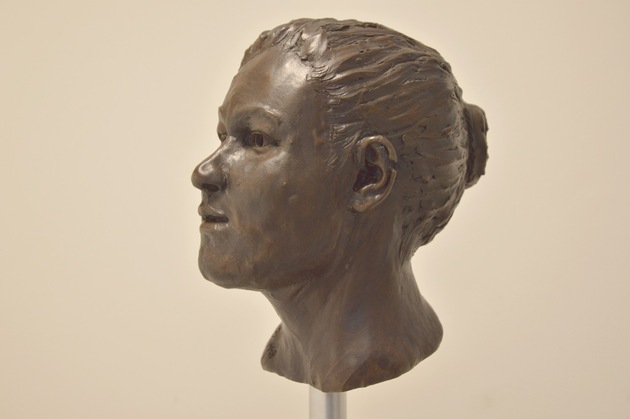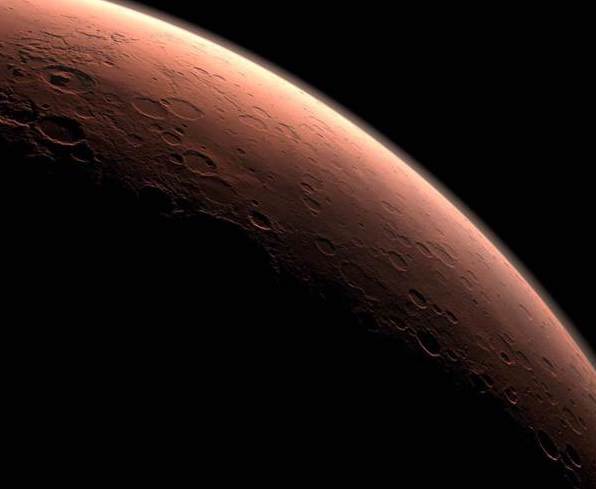Ireland’s saints and scholars were descended from farmers and bronze metalworkers from the Middle East and modern-day Ukraine, scientists have found.
Researchers from Trinity College Dublin and archaeologists from Queen’s University Belfast has sequenced the first genomes from ancient Irish humans, and the information buried within is already answering pivotal questions about the origins of Ireland’s people and their culture.
The team sequenced the genome of an early farmer woman, who lived near Belfast some 5,200 years ago, and those of three men from a later period, around 4,000 years ago in the Bronze Age, after the introduction of metalworking. Their landmark results are published today in international journal Proceedings of the National Academy of Sciences, USA.
Ireland has intriguing genetics. It lies at the edge of many European genetic gradients with world maxima for the variants that code for lactose tolerance, the western European Y chromosome type, and several important genetic diseases including one of excessive iron retention, called haemochromatosis.
However, the origins of this heritage are unknown. The only way to discover our genetic past is to sequence genomes directly from ancient people, by embarking on a type of genetic time travel.
Migration has been a hot topic in archaeology. Opinion has been divided on whether the great transitions in the British Isles, from a hunter-gatherer lifestyle to one based on agriculture and later from stone to metal use, were due to local adoption of new ways or whether these influences were derived from influxes of new people.
These ancient Irish genomes each show unequivocal evidence for massive migration. The early farmer has a majority ancestry originating ultimately in the Middle East, where agriculture was invented. The Bronze Age genomes are different again with about a third of their ancestry coming from ancient sources in the Pontic Steppe.
“There was a great wave of genome change that swept into Europe from above the Black Sea into Bronze Age Europe and we now know it washed all the way to the shores of its most westerly island,” said Professor of Population Genetics in Trinity College Dublin, Dan Bradley, who led the study, “and this degree of genetic change invites the possibility of other associated changes, perhaps even the introduction of language ancestral to western Celtic tongues.”
“It is clear that this project has demonstrated what a powerful tool ancient DNA analysis can provide in answering questions which have long perplexed academics regarding the origins of the Irish,” said Dr Eileen Murphy, Senior Lecturer in Osteoarchaeology at Queen’s University Belfast.
Whereas the early farmer had black hair, brown eyes and more resembled southern Europeans, the genetic variants circulating in the three Bronze Age men from Rathlin Island had the most common Irish Y chromosome type, blue eye alleles and the most important variant for the genetic disease, haemochromatosis.
The latter C282Y mutation is so frequent in people of Irish descent that it is sometimes referred to as a Celtic disease. This discovery therefore marks the first identification of an important disease variant in prehistory.
“Genetic affinity is strongest between the Bronze Age genomes and modern Irish, Scottish and Welsh, suggesting establishment of central attributes of the insular Celtic genome some 4,000 years ago,” added PhD Researcher in Genetics at Trinity, Lara Cassidy.













